In the vast expanse of our planet, birds undertake some of the most remarkable journeys in the animal kingdom, traveling thousands of miles without the technological aids humans rely on. Unlike us, they don’t consult maps or input coordinates into GPS devices, yet they navigate with astonishing precision. From Arctic terns that migrate from pole to pole to homing pigeons that find their way back to specific locations with uncanny accuracy, birds demonstrate navigation abilities that have fascinated scientists for generations. Their natural navigation toolkit includes sophisticated mechanisms that have evolved over millions of years, allowing them to interpret their environment in ways humans are only beginning to understand. The following five extraordinary techniques reveal how these feathered navigators accomplish their impressive feats, traversing the globe with remarkable consistency and precision.
The Celestial Compass: Navigation by Stars and Sun

Birds possess an innate ability to use celestial bodies as reliable navigation tools, creating what scientists call a “celestial compass.” Many species, particularly those that migrate at night, orient themselves using the patterns of stars in the night sky. Research has shown that birds like the indigo bunting can identify key star patterns and use the North Star as a fixed reference point to determine direction. During daylight hours, birds switch to solar navigation, tracking the sun’s position and compensating for its movement throughout the day. This remarkable adaptation requires birds to have an internal clock that allows them to adjust their directional calculations as the sun moves across the sky. Young birds appear to learn these celestial navigation skills during their development, with some species demonstrating an inherited predisposition to recognize certain star patterns even without prior experience.
Earth’s Magnetic Field: The Built-in Compass

Perhaps the most fascinating navigation tool birds possess is their ability to detect Earth’s magnetic field, functioning essentially as living compasses. This magnetoreception ability allows birds to sense the direction, intensity, and inclination of magnetic field lines, providing crucial orientation information during long migrations. Scientists have identified specialized cells containing magnetite (a naturally magnetic mineral) in birds’ beaks and eyes that likely serve as magnetic sensors. More recent research suggests that some birds may use a quantum mechanism in their eyes, where light-sensitive proteins called cryptochromes respond to magnetic fields when activated by certain wavelengths of light. This remarkable system enables birds to maintain their heading even when flying through dense fog or under heavy cloud cover where celestial cues are obscured. The magnetic sense also appears to help birds create detailed mental maps of their surroundings, allowing them to recognize specific magnetic signatures of locations they’ve visited before.
Landmark Recognition: Visual Memory and Mapping

Birds demonstrate exceptional visual memory capabilities, using landmarks as waypoints during their journeys. Many species create detailed mental maps of their territories and migration routes, memorizing distinctive features like mountain ranges, coastlines, rivers, and even human structures. This visual navigation system becomes particularly important during the final stages of migration when birds need to locate specific breeding grounds, nesting sites, or feeding areas. Experiments with homing pigeons have shown they can recognize landmarks from great distances and use them to correct their course if they’ve been displaced from their expected route. Some birds even appear to pass down knowledge of important landmarks through generations, with young birds learning crucial visual cues from experienced travelers during their first migrations. The hippocampus, a brain region associated with spatial memory, is notably enlarged in species that rely heavily on landmark navigation, highlighting the evolutionary importance of this navigation strategy.
Olfactory Navigation: Following Their Nose

The bird’s sense of smell, once thought to be relatively unimportant, has been revealed as a sophisticated navigation tool for many species. Seabirds like albatrosses and petrels can detect and follow odor plumes over vast ocean areas, using specific marine scents to locate productive feeding grounds hundreds of miles away. Research has shown that some birds create “olfactory maps” by associating particular smells with specific locations, essentially navigating by following familiar scent landscapes. Homing pigeons raised in locations where they can experience natural air currents containing local odors show better navigation abilities than those raised in filtered air environments. Scientists have discovered that birds can detect subtle changes in atmospheric compounds, including dimethyl sulfide released by phytoplankton, allowing them to locate productive ocean regions from great distances. This olfactory navigation system provides birds with a sensory dimension completely different from human navigation capabilities, allowing them to perceive their environment through chemical signatures that create invisible but reliable pathways across seemingly featureless landscapes.
Infrasound Detection: Hearing the Inaudible
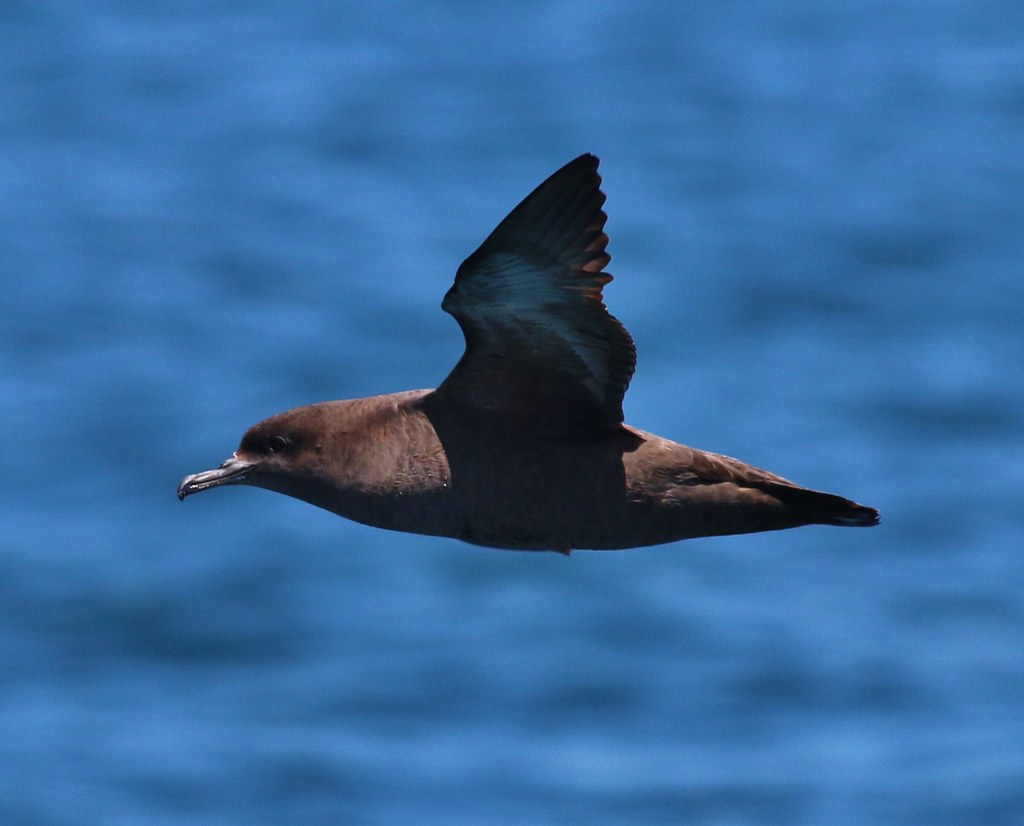
Birds possess the remarkable ability to detect infrasound – low-frequency sound waves below the threshold of human hearing that can travel thousands of miles. These sound waves are generated by natural phenomena like ocean waves, wind patterns interacting with mountain ranges, and even distant storms. By detecting these consistent infrasound patterns, birds can orient themselves relative to these reliable acoustic landmarks even when visual cues are unavailable. Research indicates that pigeons and other birds may use infrasound generated by ocean waves hitting coastlines to maintain their bearings during long flights. Some migratory birds appear to detect the infrasound signatures of familiar mountain ranges from hundreds of miles away, using these acoustic markers to guide their journey. This sensory capability provides birds with a persistent navigation reference that remains consistent despite changing weather conditions or time of day, offering a reliable backup system when other navigation methods are compromised.
Navigation in Extreme Conditions: Adapting to Challenges

Birds demonstrate remarkable adaptability when navigating through challenging conditions that would render human navigation systems useless. During severe storms, many migratory birds will temporarily alter their course or delay migration rather than risk disorientation, showing an awareness of their navigation limitations. Arctic species navigate effectively during the continuous daylight of polar summers, switching to magnetic and landmark navigation when celestial cues become unreliable. Some birds adjust their flying altitude to find favorable wind conditions, effectively surfing atmospheric currents to minimize energy expenditure while maintaining their course. Researchers have observed that experienced migratory birds often lead flocks during difficult navigation conditions, suggesting a social learning component where navigation expertise is valued within bird communities. This adaptability allows birds to complete their journeys despite encountering fog, storms, changing daylight patterns, and other challenges that would ground human aircraft or disable electronic navigation systems.
The Development of Navigation Skills: Learning and Inheritance
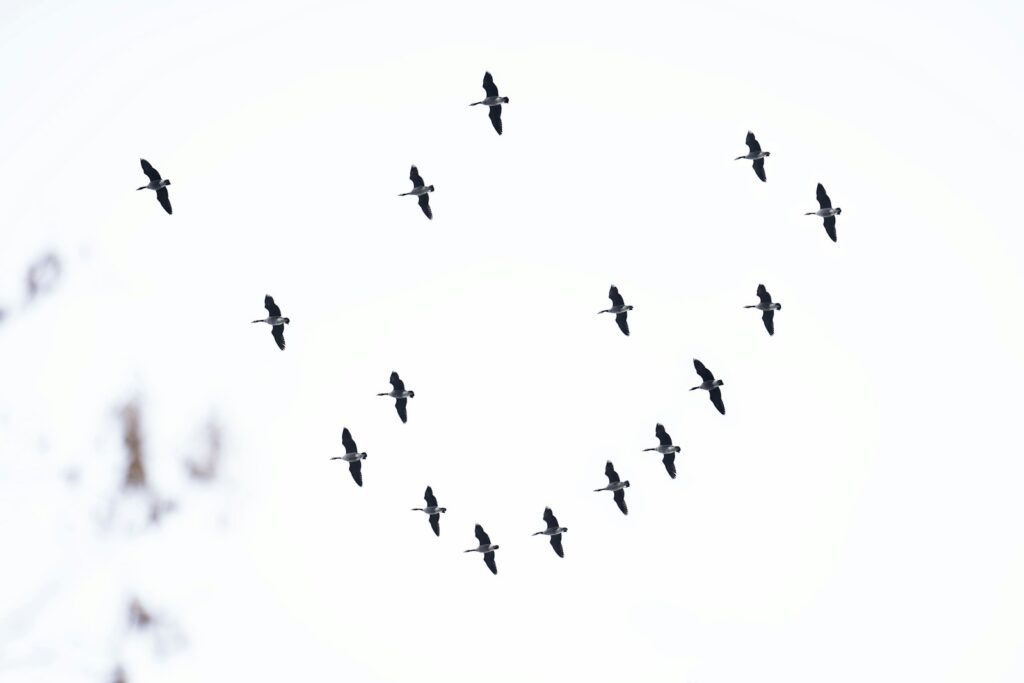
The acquisition of navigation abilities in birds involves a fascinating combination of innate programming and experiential learning. Young birds of many species appear to be born with basic navigational instincts, including an inherent sense of which direction to migrate based on their genetic makeup. However, these innate abilities are refined through experience as juvenile birds often make navigation errors that decrease with age and experience. In some species, young birds follow experienced adults during their first migration, learning critical route information that they’ll later use when navigating independently. Researchers have discovered that exposing young birds to artificial star patterns or magnetic fields during critical developmental periods can permanently alter their navigation preferences, demonstrating the plasticity of their navigation systems. This combination of inherited navigation frameworks and learned refinements allows birds to adapt their navigation strategies to changing environments while maintaining the reliability of their traditional migration routes.
Integration of Multiple Navigation Systems: Backup and Redundancy

Perhaps the most impressive aspect of avian navigation is how birds seamlessly integrate multiple navigation systems, creating redundancy that ensures reliable orientation even when some cues become unavailable. Birds appear to weigh the reliability of different navigation cues based on conditions, giving preference to the most consistent information available at any moment. When celestial cues are obscured by clouds, birds can switch to magnetic navigation without missing a beat. Experiments where researchers have manipulated individual navigation cues show that birds typically compensate by relying more heavily on other systems rather than becoming completely disoriented. This integration of multiple navigation systems demonstrates sophisticated neural processing capabilities that allow birds to cross-reference information from different sensory inputs. The redundancy in their navigation toolkit explains how birds maintain such impressive navigation accuracy despite the variable conditions they encounter during long migrations across diverse landscapes and weather patterns.
Navigation Specialization Across Species: Diverse Strategies
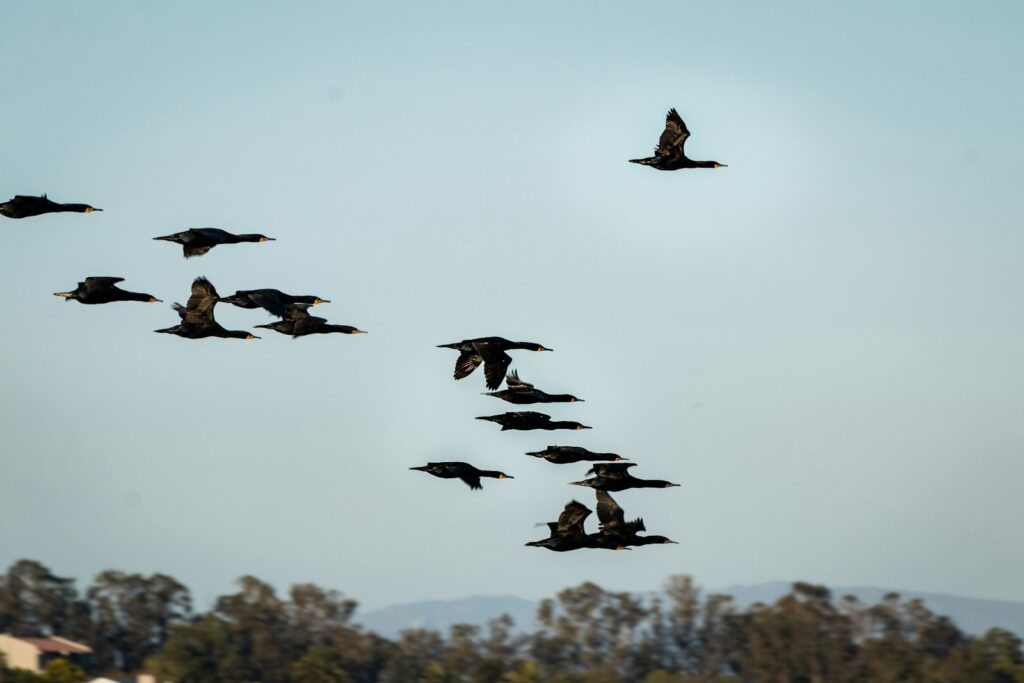
Different bird species have evolved specialized navigation adaptations suited to their particular ecological niches and migration patterns. Pelagic seabirds like albatrosses rely heavily on olfactory navigation and wind patterns, developing extraordinary sensitivity to marine odors that guide them to productive feeding areas across seemingly featureless oceans. Forest-dwelling birds typically develop enhanced landmark recognition capabilities, able to identify specific trees and clearings within dense woodland environments. Birds that migrate along consistent flyways, like many shorebird species, often develop precise magnetic navigation abilities that allow them to follow the same narrow corridors year after year. Hummingbirds demonstrate remarkable spatial memory, remembering the precise locations of hundreds of flowers within their territory and the refill rates of each nectar source. These specialized adaptations highlight how natural selection has fine-tuned navigation abilities to match the specific challenges each species faces in their particular environment and lifestyle.
The Social Dimension of Bird Navigation: Group Strategies
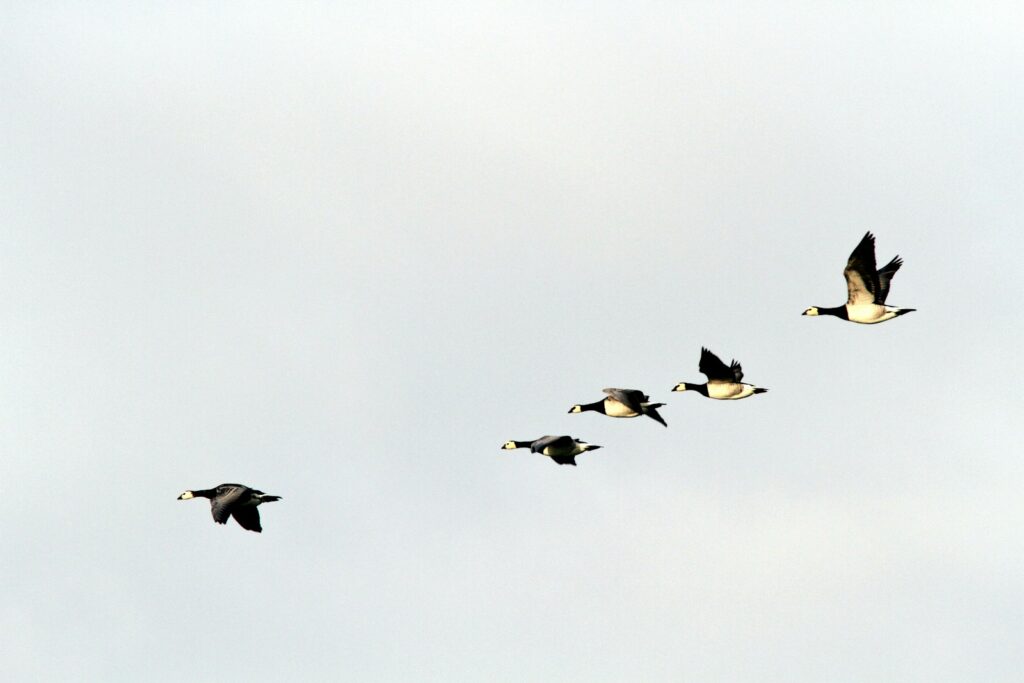
For many species, navigation is not solely an individual endeavor but incorporates social dimensions that enhance accuracy and efficiency. Migratory flocks often include birds of different ages, with experienced individuals typically taking leadership positions during challenging navigation segments. Research has shown that navigation accuracy improves in larger groups, suggesting that collective decision-making helps correct individual errors through a form of “wisdom of the crowd” effect. Some species demonstrate knowledge transfer between generations, with young birds learning critical route information from experienced adults during their first migration journeys. V-formation flying, common in geese and other large migratory birds, not only conserves energy through aerodynamic benefits but also ensures that multiple birds are actively engaged in navigation, creating redundancy in the flock’s navigation system. This social component of navigation represents an additional layer of sophistication in bird migration, showing how cooperation enhances the already impressive individual navigation capabilities.
Human Applications: Learning from Avian Navigation
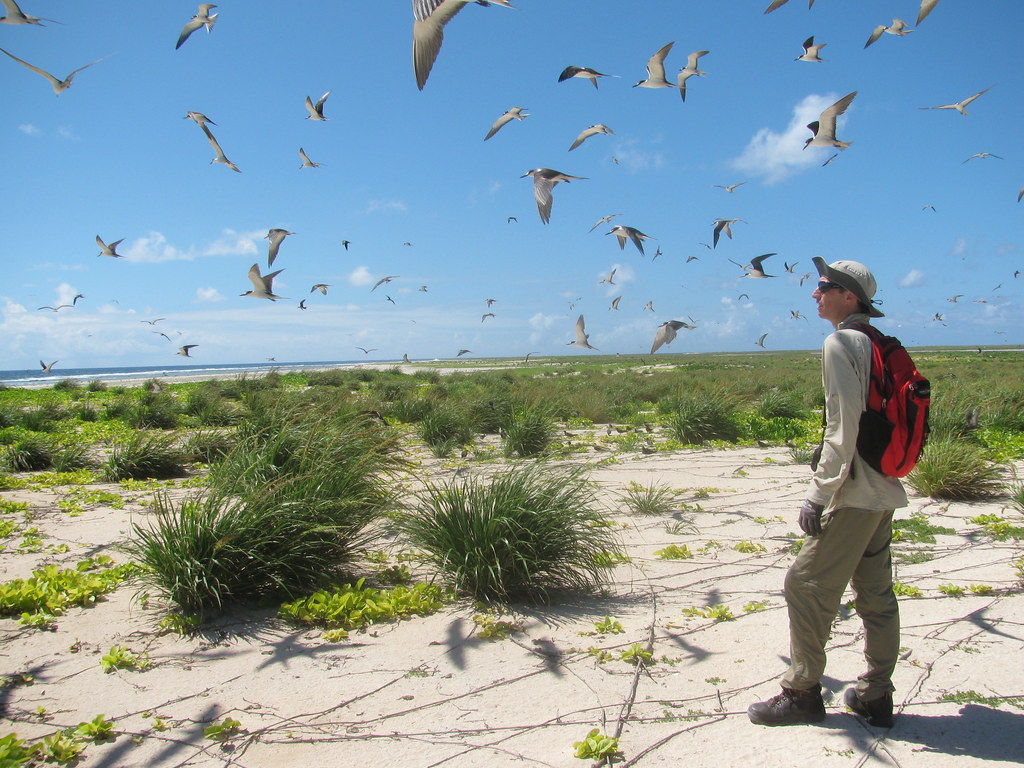
Scientists and engineers increasingly look to bird navigation systems as inspiration for developing new technologies. The multimodal navigation strategies of birds have influenced the design of autonomous vehicles and drones, particularly for creating systems that can continue operating when GPS signals are unavailable or unreliable. Military applications have studied pigeon navigation for decades, leading to developments in navigation systems that can function despite electronic jamming or in GPS-denied environments. Conservation efforts now use our understanding of bird navigation to design more effective wildlife corridors and protected areas that accommodate the specific navigation needs of migratory species. Perhaps most intriguingly, medical researchers are investigating the quantum magnetic sensing mechanisms in bird eyes for potential applications in detecting subtle electromagnetic changes in human tissues for diagnostic purposes. By studying how birds integrate multiple sensory inputs to create reliable navigation systems, humans continue to find new applications for these ancient biological technologies that have been perfected through millions of years of evolution.
Threats to Natural Navigation: Human Impacts

Modern human activities pose significant challenges to the natural navigation systems birds rely on for migration and daily movements. Light pollution from cities and infrastructure creates artificial celestial cues that can disorient birds using star navigation, contributing to millions of bird deaths annually from collisions with illuminated structures. Electromagnetic noise from power lines, radio transmissions, and communication networks may interfere with birds’ ability to detect Earth’s natural magnetic field, potentially disrupting their magnetic compass. Climate change alters traditional environmental cues birds use for timing migrations, sometimes causing mismatches between arrival times and the availability of critical resources at destination habitats. Habitat fragmentation eliminates familiar landmarks and creates gaps in traditional migration corridors, forcing birds to navigate through unfamiliar territories. Understanding these threats has become increasingly important for conservation efforts, leading to initiatives like “lights out” programs in major cities during peak migration periods and the preservation of critical stopover habitats along major flyways.
The Future of Bird Navigation Research: Unanswered Questions

Despite decades of study, bird navigation continues to present fascinating mysteries that drive ongoing research. Scientists are still working to fully understand the quantum mechanisms potentially involved in magnetic sensing, which may represent one of the few examples of quantum effects directly influencing biological processes at the macroscopic level. Neurobiologists are mapping the brain pathways that integrate information from different navigation systems, seeking to understand how birds weigh competing cues and make navigation decisions. Advanced tracking technologies using miniaturized GPS units and satellite transmitters are revealing previously unknown migration routes and stopover sites, reshaping our understanding of global bird movements. Perhaps most intriguingly, researchers are investigating whether birds might detect navigation cues humans haven’t yet identified, such as sensitivity to atmospheric pressure patterns or subtle gravitational variations. As technology advances, our ability to study bird navigation without interfering with natural behaviors improves, promising new insights into one of nature’s most impressive sensory achievements.
The remarkable navigation abilities of birds represent one of nature’s most sophisticated adaptations, combining multiple sensory systems into an integrated navigation toolkit that outperforms human technology in reliability and adaptability. From detecting Earth’s magnetic field through quantum processes to creating mental maps of star patterns, birds perceive their environment through senses humans can barely comprehend. These navigation systems, refined over millions of years of evolution, allow tiny creatures weighing just a few ounces to complete journeys spanning continents and oceans with precision that would be impossible without our modern technological aids. As we continue to unravel the mysteries of how birds find their way across our planet, we gain not only scientific knowledge but also a deeper appreciation for the extraordinary capabilities of these feathered navigators who move through our world guided by ancient biological technologies that still surpass many of our human inventions.
